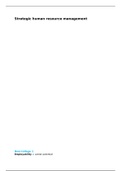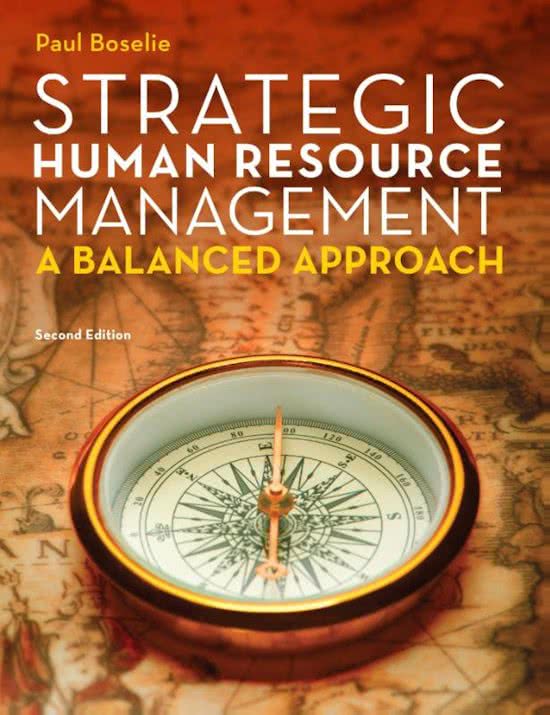College aantekeningen
College aantekeningen Strategic Human Resource Management (BCU008A) Strategic Human Resource Management 2e, ISBN: 9780077145620
- Instelling
- Radboud Universiteit Nijmegen (RU)
Hoorcollege aantekeningen van het vak Strategic Human Resource Management, Radboud Universiteit. Hierin worden hoofdstuk 1 t/m 14 besproken van het boek van Boselie; Strategic Human Resource Management: a balanced approach. Door middel van deze aantekeningen heb ik zelf een 7,5 gehaald voor dit vak!
[Meer zien]





